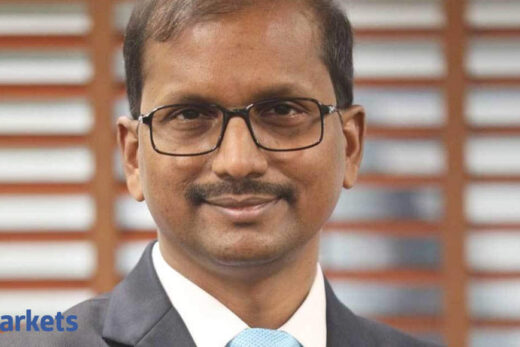Mumbai: Sneha Dwivedi, the youngest member in her family of six in Atiswa village of Lucknow district, is a ‘Shakti’ micro-entrepreneur with Hindustan Unilever (), distributing soaps, detergents and sanitisers to households.
Dwivedi is among the nearly 1.4 lakh Shakti ‘ammas’ — as the women entrepreneurs are called — across 18 states covered by HUL’s Project Shakti. A rural distribution network of HUL, Shakti was set up to enhance livelihoods and build opportunities for women micro-entrepreneurs in the hinterland.
Covid did not deter the 25-year old Dwivedi — a graduate who hails from a family of farmers — from ensuring handwash and hygiene products reached households in and around her village. When people didn’t step out to buy their daily use products at village stores, the likes of Dwivedi distributed the same from house to house.
“Following the outbreak of Covid, in the beginning there were many hurdles in getting products across to households. At the same time, there was a demand for hand washes, detergents and sanitisers — all of which are required for hygiene and safety. My father travelled to nearby villages to distribute these products, while I ensured that the houses in our village were well stocked,” Dwivedi told TOI.
HUL’s Shakti network now covers half the villages in rural India, as compared to only 25% four years ago. During these four years, the network has doubled in number. So in 2020, when logistics got disrupted, it was this very network that came to HUL’s rescue. Efforts put in by the women entrepreneurs in dramatically stepping up physical reach of products to rural households is a key reason why these markets remained somewhat resilient as compared to urban.
HUL executive director (sales & customer development) Srinandan Sundaram said, “Shakti has got the scale and is now part of our mainstream business. During Covid, this channel led growth for us. There were enough instances of Shakti entrepreneurs travelling to distributors to pick up stocks and come back to distribute to the households in their vicinity. This dramatically stepped up physical reach of our products, making them available to possibly the most vulnerable sections of society.”
Sundaram said Shakti’s contribution to the turnover has moved up and it’s now sizeable. “We grew faster in rural as the Shakti channel significantly outgrew overall HUL’s growth,” he said, without revealing the exact numbers.
Other FMCG companies do not have a Shakti kind of model in rural areas. But most are chalking out strategies to increase rural penetration and are designing products specifically for these markets. Procter & Gamble India is investing in increasing its reach in media-dark rural areas. It is looking at stores in these regions as media vehicles to enhance visibility. Recently, Nestle India said it wants to reach around 1.2 lakh villages over a few years.
On the other hand, continuous focus by Marico to expand direct reach has enabled the company in developing a network of 6,200 stockists in the rural market. This is a growth of 30% since fiscal year 2019. In its December quarter results statement, Marico said it plans to further grow the network by around 20% in a couple of years.
Interestingly, Shakti was identified as a CSR activity and in 2019-20, HUL spent Rs 53 crore on the network. While 2020 was a tough year for almost all businesses and individuals in terms of their incomes and salaries, Dwivedi said what she earned last year was better than 2019. Reverse migration during the pandemic also helped rural markets grow ahead of urban. In 2019, the overall industry’s rural growth had dipped on account of the slowdown. As for Shakti, according to HUL, the all-India average income grew 1.3 times between 2016 and 2020.




